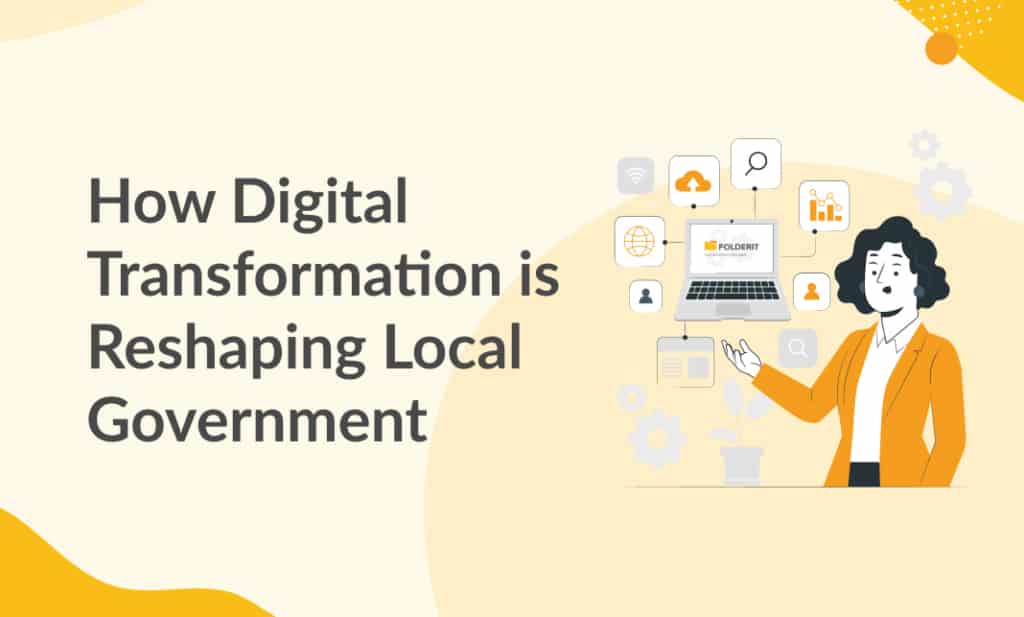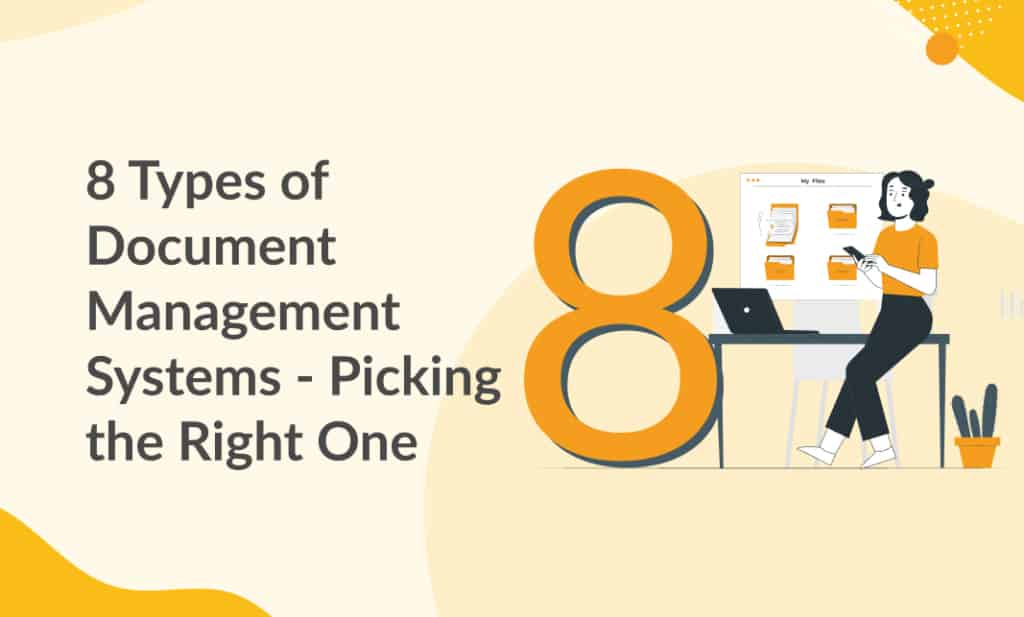What is Digital Transformation in Government?
Today, governments and agencies at all echelons are dealing with digital transformation worldwide. The primary reason for going digital is undoubtedly to deliver government services more efficiently.
Drivers of Digital Transformation in the Government Sector
Need for faster public services
Citizens today expect public services to be as personalized and convenient as private sector services. It necessitates that the government design policies with a ‘citizen-first’ mindset.
The ultimate goal is to improve public trust in government by making public services more efficient, transparent, and effective. Digital transformation involves not only new technologies, but also changes to organizational structure, work processes, and documentation.
A Contingency Against Any Future Pandemics
The COVID-19 crisis has resulted in new requirements for digital government services. Governments must now provide people with accurate, useful, and up-to-date information, especially during times of crisis. However, according to a Gartner Inc. survey, 80% of government organizations are still in the early or developing stages of digital maturity. During the COVID-19 crisis, many government organizations began providing information to the public digitally via various applications and their websites.
Time and money wasted due to manual processes
Common manual processes involving paper-based systems and handwritten data can be extremely costly. It increases the possibility of human error, which can have serious consequences. Mistakes can be expensive, both financially and in terms of a government agency’s reputation. There are daily jobs for which hiring staff raises labor costs. Furthermore, manual workflows are unpredictable and difficult to track over time. Manual reporting can be time-consuming. According to the survey, 60% of workers can save six or more hours per week with workflow automation.
Document Management Software’s Role in the Digital Age
Transformation of Local Government
Allows citizens and an increasingly mobile workforce to access documents from anywhere, at any time.
Document management software enables users to access their data from any location at any time. Citizens, government employees, and suppliers can gain remote access to public records and collaborate on projects and initiatives at a lower cost.
Introduces an Information-Centric Approach
An “Information-Centric” approach to document management software transitions users from manually managing documents to document digitization, which can be stored, tagged, shared, secured, and presented in the most useful way for the public of that information.
Increases document security and privacy
Data containing sensitive information about citizens or contracts must be secured, and access at various levels should be restricted. The advanced security tool of document management software focuses on keeping documents in the hands of authorized users—and out of everyone else’s hands. Government confidential documents are safeguarded against natural disasters or unfavorable human intervention, such as leaks of information, mismanagement, and so on.
How Folderit Aids Government Digital Transformation
- “Go Paperless – Go Green” Using the Folderit document scanning and digitization tool, one can save a lot of storage space while also benefiting the environment by reducing the need for paper.
- Folderit’s workflow management system automates document processes such as approvals and reviews, saving time and money.
- Folderit’s audit trail tool accurately logs every action and generates comprehensive reports in a variety of formats.
- Folderit’s error-free digital environment reduces human error and assists you in meeting regulatory compliance.
Folderit – Digital Government Document Management Software (DMS)
Folderit’s DMS provides solutions and expertise for local government’s digital transformation. It enables them to securely store all documents on-site in a centralized repository, preventing unauthorized access to the documents. Folderit’s user-friendly interface and comprehensive search improve document accessibility, making it easier to sift through them. Its electronic workflows aid in the automation of document processes such as approvals and reviews, saving time and money in the process.



